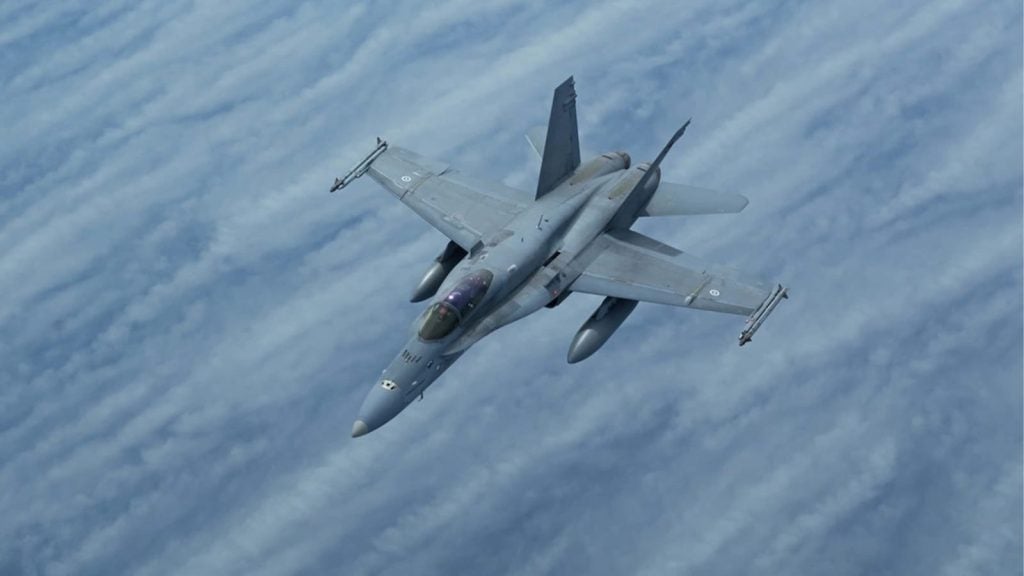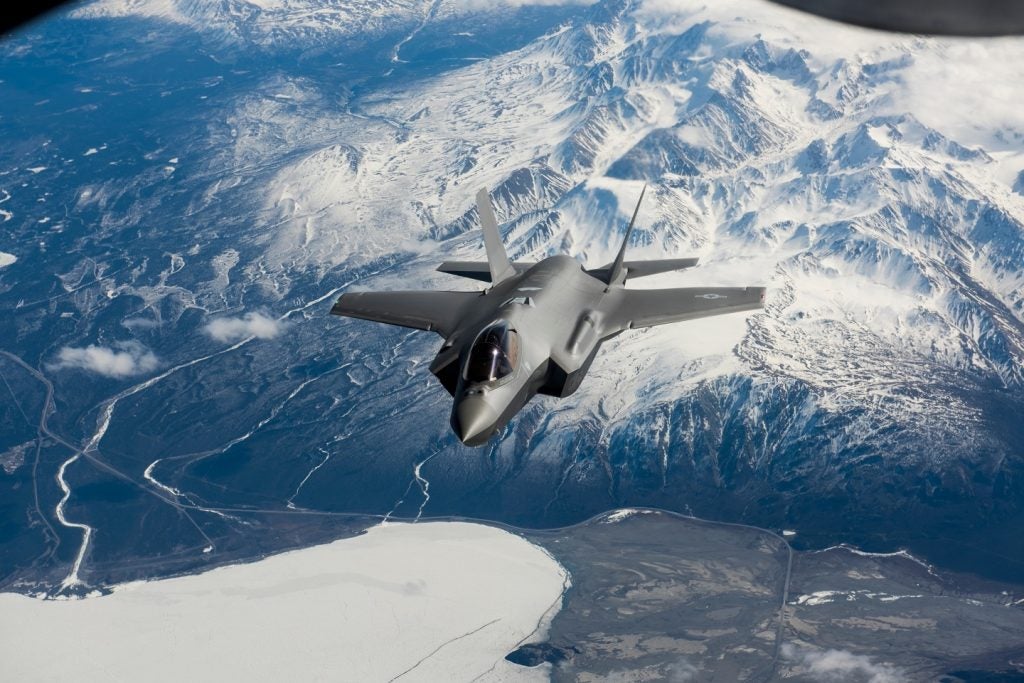The US Navy awarded an $80m contract to RTX on 19 December 2023, for the development of a prototype Advanced Electronic Warfare system (ADVEW) for the Super Hornet fighter jet.
The Navy have tasked RTX with developing a replacement to the current integrated defensive electronic countermeasure and radar warning receiver, looking for a new system to enhance Navy carrier wing electronic warfare capabilities.
The proposed ADVEW system is designed to modernise the existing electronic warfare components by reducing the number of parts and implementing an open architecture as defined by the government. This approach aims to ensure that the F/A-18 E/F Super Hornets maintain their effectiveness in electronic warfare, particularly in improving their survivability against sophisticated and complex threats.
The contract aims to evaluate this prototype as a potential replacement for the current AN/ALQ-214 integrated defensive electronic countermeasure and AN/ALR-67(V)3 radar warning receiver.
The US Navy F/A-18 E and F Super Hornet maritime strike attack aircraft is currently equipped with the AN/ALQ-124 integrated defensive countermeasures systems (IDECM) developed by BAE Systems information and electronic warfare systems (IEWS, formerly Sanders) and ITT Electronic Systems.
The IDECM provides coordinated situation awareness, and manages the on board and off-board deception countermeasures, the expendable decoys, and signal and frequency control of emissions.
The AN/ALR-67(V)3 radar warning receiver that RTX has been contracted to replace is also a part of the IDECM, along with components systems for the ALE-47 countermeasures dispenser and the ALE-50 towed decoy that do not appear to be a part of the prototype contract.
Bryan Rosselli, president of Advanced Products & Solutions at Raytheon, commented that this initiative represents a significant upgrade in electronic warfare technology, consolidating legacy systems into a single, more efficient unit.
The development and testing of the ADVEW system are primarily set to occur in Goleta, California. The 36-month prototype phase includes stages such as preliminary design review, critical design review, and flight testing. This phase is critical in determining the system's feasibility and effectiveness in operational scenarios.












